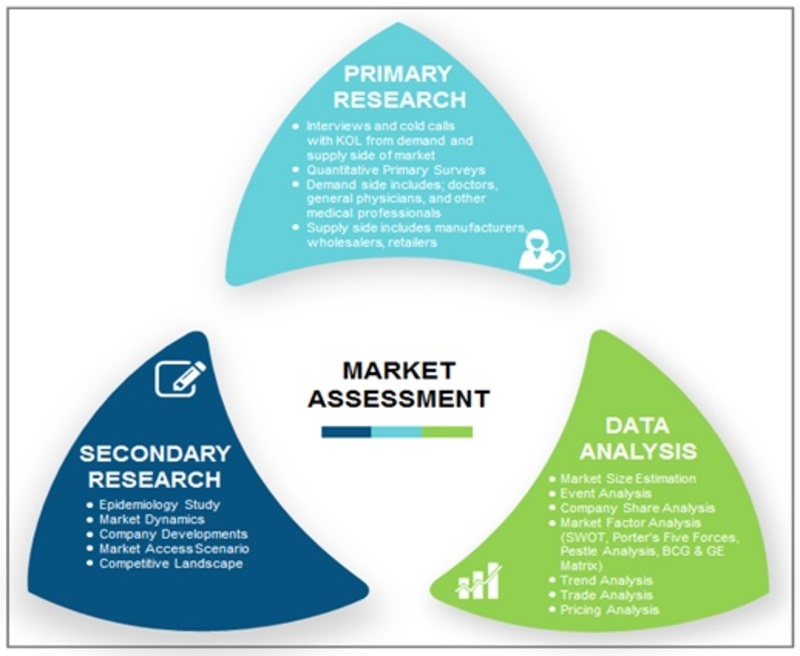Comparing Conventional And Modern Approaches To Treating Glaucoma
Comparing Conventional And Modern Approaches To Treating Glaucoma
Blog Article
Material By-Hartvig Potter
Did you understand that the development of glaucoma treatment methods spans centuries, incorporating both traditional solutions and cutting-edge innovations? From ancient organic concoctions to innovative Minimally Invasive Glaucoma Surgical procedure techniques, the range of alternatives is substantial. As you look into the details of typical versus ingenious strategies, you might uncover surprising understandings that test conventional point of views on treating this widespread eye condition.
Historic Advancement of Glaucoma Treatments
The historical evolution of glaucoma treatments dates back to old civilizations where various solutions were utilized to take care of the problem. In old Egypt, as an example, therapies entailed a combination of honey, fat, and sour milk applied to the eyes. The Greeks and Romans additionally added to early glaucoma treatments with a focus on topical applications and dietary interventions. Throughout https://lukaslfztn.blogdeazar.com/26653728/check-out-a-remarkable-expedition-into-the-history-of-cataract-surgery-techniques-that-are-revolutionizing-the-field-of-eye-health , varied cultures developed special approaches to reduce the signs and symptoms of glaucoma, commonly rooted in herbal treatments and superstitions.
As time progressed, innovations in clinical expertise caused even more organized methods to dealing with glaucoma. In the Middle Ages, Arabic scholars made significant payments by examining the anatomy of the eye and creating medical techniques to deal with eye problems. These early advancements laid the structure for modern-day glaucoma treatments that we've today. Recognizing the historical context of glaucoma therapies gives useful understandings right into the continuous development and improvement of clinical methods over the centuries.
Comparison of Standard Approaches
In contrasting conventional techniques for dealing with glaucoma, consider the historic contexts and efficiency of numerous solutions.
Conventional therapies for glaucoma have actually evolved over centuries, from ancient practices like utilizing honey and wine to much more current innovations such as eye drops and surgical procedures. Historically, treatments like the application of leeches or natural mixtures were utilized to alleviate signs, but their performance was restricted.
As time advanced, methods like iridectomy, where a part of the iris is gotten rid of, ended up being popular for decreasing intraocular stress. Some typical approaches, like utilizing oral medications to reduce eye stress, have actually stood the test of time and are still utilized today. Nevertheless, these treatments often come with side effects and might not be as reliable as contemporary options.
It's important to consider the historical importance of typical glaucoma treatments versus their effectiveness in the context of present clinical improvements.
Examination of Ingenious Therapy Approaches
Thinking about the progressing landscape of glaucoma therapy, innovative methods are transforming the method this eye problem is managed.
One significant improvement is minimally intrusive glaucoma surgical procedure (MIGS), which uses a less intrusive option to conventional surgeries. MIGS aims to reduce intraocular pressure by boosting the eye's all-natural drain system, leading to fewer issues and faster recovery times compared to traditional surgical treatments.
Additionally, the advancement of sustained-release medicine delivery systems has provided a much more reliable way to administer glaucoma medication. These systems can release medicine gradually over a prolonged period, boosting client adherence and reducing the regularity of eye drops.
Furthermore, emerging modern technologies like selective laser trabeculoplasty (SLT) offer a non-invasive option for decreasing intraocular stress by targeting particular cells in the eye's drainage system.
Conclusion
As you review the advancement of glaucoma treatments, you can see how traditional methods have led the way for innovative approaches to arise.
From cataract surgery near or far vision to contemporary advancements, the journey of treating this complex eye problem has resembled a rollercoaster experience.
However with brand-new strategies like MIGS and sustained-release medicine delivery, the future looks brighter than ever for patients seeking efficient and less invasive solutions.
